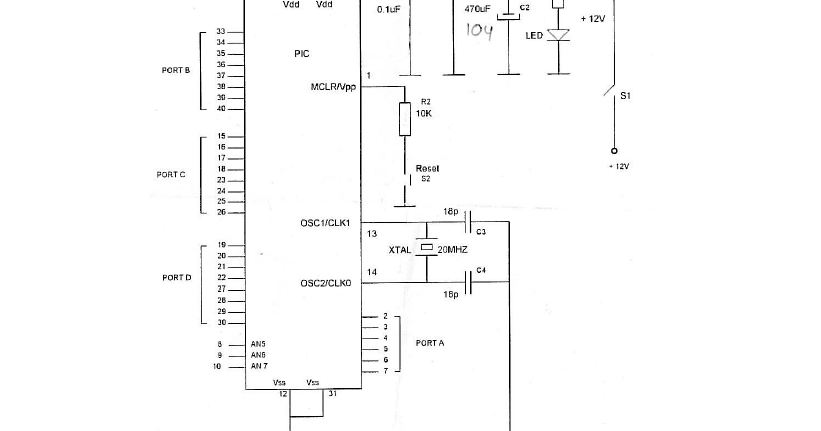

- SPI SERIAL FLASH PROGRAMMER SCHEMATIC CAPTURE UPGRADE
- SPI SERIAL FLASH PROGRAMMER SCHEMATIC CAPTURE SOFTWARE
2 microcontroller I/O by using the SPI I/O expansion chip and the second part we will turn the PIC1.į1. 2 SPI master mode where on the first part we will expand the PIC1. SPI peripheral support both master and slave mode but on this tutorial we will only exposing the PIC1. 6K bytes flash ram and equipped with the build in circuit debug, this 8- bit 2. 8 microcontroller families members as it is equipped with sophisticated advanced peripheral inside such as ADC, USART, ECCP (Enhanced Capture/Compare/PWM), SPI, I2.Ĭ and the SR Latch (5. 2 microcontroller, this microcontroller is one of my favorite 8- bit 2. Pinout ATmega128 Note: The Pinout figure applies to both TQFP and MLF packages. 2 2467X–AVR–06/11 ATmega128 Pin Configurations Figure 1. PonyProg: a powerful but simple serial device programmer with a GUI framework for Linux and Windows. Curiosity is a cost-effective, fully-integrated 8-bit development platform targeted at. Your next embedded design idea has a new home. Microcontroller On this tutorial I will use the Microchip PIC1.Ĭuriosity Development Board. You could read more about how SPI work in my previous posted blog Using Serial Peripheral Interface (SPI) Master and Slave with Atmel AVR Microcontroller. The TI MSP430 family of ultra-low-power microcontrollers consists of several devices featuring peripheral sets targeted for a variety of applications. Spi Serial Flash Programmer Schematic Capture And Pcb Polling the entire SPI slave devices will eventually consumed the SPI master resources when the SPI slave devices to be polled increase, therefore some of the SPI slave device is equipped with the interrupt pin to notify the SPI master device that it has a data to be read. The SPI master device has to poll each of the SPI slave devices to know whether the SPI slave device has a data to be sent to the SPI master device or not. One of the drawbacks using the SPI especially when we use multiple SPI slave device is the SPI slave could not initiate sending its own data to the SPI master device, all the data transfer initiation is always come from the SPI master.

This means the SPI devices only need about 0. When the SPI master device want to send the data to the SPI slave device then the SPI master will just simply shifting its own data through a special 8- bits register and at the same time the SPI master will receive the data from the SPI slave into the same register as shown on this following picture: With this circular shift register connection between the SPI master and the SPI slave devices, the complete data transfer from both devices will be accomplished in just 8 clock cycles. Beside its superior data transfer speed SPI also use a very simple data transfer protocol compared to the other serial data transfer methods. The Serial Peripheral Interface (SPI) is one of the popular embedded serial communications widely supported by many of today’s chip manufacture and it considered as one of the fastest serial data transfer interface for the embedded system.īecause of its special in/out register configuration, the SPI master device could transfer its data and at the same time it receive a data from the SPI slave device with the clock speed as high as 1.
SPI SERIAL FLASH PROGRAMMER SCHEMATIC CAPTURE UPGRADE
The SPI Flash memory devices can be erased and programmed from within Altium Designer, using the instrument panel for the Host Controller when in normal operating mode – when the normal firmware is loaded into the Controller (from the SPI Flash memory used to store the Primary boot image), and the 'PLATFORM UPGRADE ENABLE' jumper ( J24) is off.Using Serial Peripheral Interface (SPI) with Microchip PIC1. This gives you the ability to 'bootstrap' the FPGA device upon powering-up the NanoBoard. It can also be used to store the programming file required for implementing a design within the on-board User FPGA. This device can be used from within an FPGA design, as described above.
SPI SERIAL FLASH PROGRAMMER SCHEMATIC CAPTURE SOFTWARE
This device is used to provide embedded memory functionality within an FPGA design, enabling you to load and store an embedded software file that will be used when the target design is running. The function of the two devices (designated U52 and U53) can be summarized as follows: The M25P80 is an SPI-compatible device, with both devices accessed through the motherboard's SPI Controller, which itself resides within the board's NanoTalk Controller FPGA. These devices support a serial data rate of 25MHz. The NanoBoard 3000 provides serial Flash memory in the form of two M25P80 8-Mbit devices (from STMicroelectronics).


 0 kommentar(er)
0 kommentar(er)
